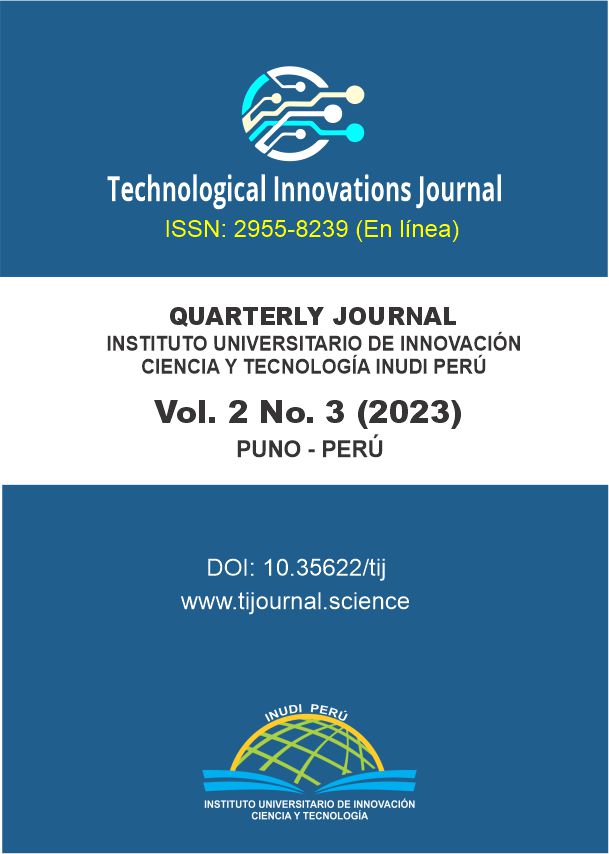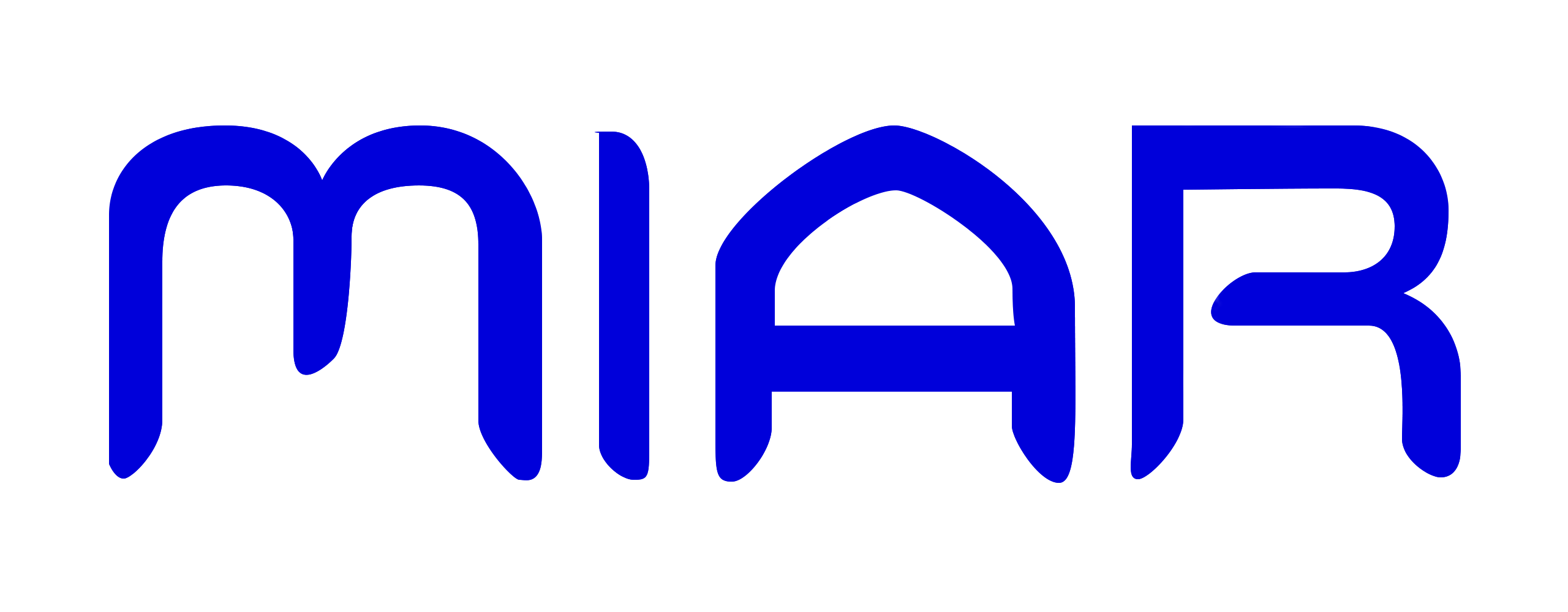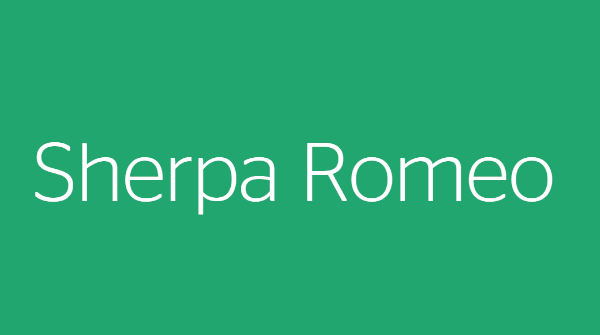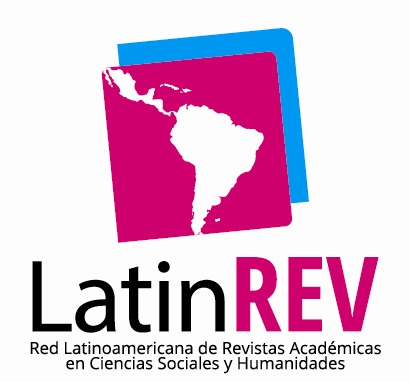Computational creativity: an analysis of M. Boden and G. Wiggins' theories
DOI:
https://doi.org/10.35622/j.ti.2023.03.003Keywords:
computational Creativity, machine creativity theory, AGI, philosophy of AIAbstract
Computational creativity is a multidisciplinary intersection within the field of Artificial Intelligence, which has different objectives such as the development and evaluation of artificial systems capable of exhibiting creative behaviors. In this context, the works of Margaret Boden along with the subsequent problematization proposed by G.A. Wiggins can be considered as seminal conceptual references, which have allowed for various reflections and concrete theoretical foundations related to the subject matter. The works of both authors have been developed through diverse and distinct asynchronous publications, and in this sense, this paper condenses the different conceptual elements on types of creativity, conceptual space, and transformative and exploratory creative systems proposed throughout those works into a single theoretical-analytical framework. These elements are presented as a useful and efficient tool to establish formal theoretical criteria for evaluating capacities and abilities associated with creative behavior exhibited by artificial systems, both in current development and in speculative formulation for the future. Therefore, this article presents a comprehensive, detailed, and condensed analysis of Boden's work and Wiggins' subsequent problematization regarding key ideas, theoretical formulations, and concepts in the field of Computational creativity. In this regard, the present article contributes to the understanding and dissemination of the fundamental ideas in the field of Computational Creativity, establishing a condensed and detailed analysis of these topics, and serving as a reference for academic consultation.
References
Boden, M. A. (1998). Creativity and artificial intelligence. Elsevier. DOI: https://doi.org/10.1016/S0004-3702(98)00055-1
Boden, M. A. (2009). Creativity in a Nutshell. Routledge.
Boden, M. A. (2016). AI: Its nature and future. Oxford University Press.
Boden, M.A. (2004). The Creative Mind. Myths and Mechanisms. Routledge. DOI: https://doi.org/10.4324/9780203508527
Bringsjord, S. & Ferrucci, D. (2000). Artificial Intelligence and Literary Creativity: Inside the Mind of Brutus, a Storytelling Machine. Lawrence Erlbaum, Mahwah, NJ. DOI: https://doi.org/10.4324/9781410602398
Bringsjord, S., Bello, P. & Ferrucci, D. (2001). Creativity, the Turing Test, and the (Better) Lovelace Test. Minds and Machines 11, 3–27. DOI: https://doi.org/10.1023/A:1011206622741
Bundy, A. (1994). What is the difference between real creativity and mere novely? Behavioral and Brain Sciences, 17(3), 533 – 534. DOI: https://doi.org/10.1017/S0140525X0003572X
Colton, S. & Wiggins, G. (2012). Computational Creativity: The Final Frontier? IOS Press.
Cropley, D., and James C. (2012). Measuring functional creativity: Non-expert raters and the Creative Solution Diagnosis Scale. The Journal of Creative Behavior 46: 119–37. DOI: https://doi.org/10.1002/jocb.9
Cropley, D., and Rebecca, L. (2021). Automated Scoring of Figural Creativity using a Convolutional Neural Network. Psychology of Aesthetics, Creativity, and the Arts. DOI: https://doi.org/10.31234/osf.io/8qe7y
Ernst, G. & Newell, A. (1969). GPS: A Case Study in Generality and Problem Solving. New York: Academic Press.
Hageback, N. (2022). AI for Creativity. CRC Press. DOI: https://doi.org/10.1201/9781003194941
Hünefeldt, B. (2004). Artificial intelligence as "theoretical psychology": Christopher Longuet-Higgins' contribution to cognitive science September 2004. Cognitive Processing, 5(3), 137-139. DOI: https://doi.org/10.1007/s10339-004-0025-z
Longuet-Higgins, C Webber, B., Cameron, A., Bundy, R., Hudson, L., Hudson, J., Ziman, A., Sloman, M., and Dennett, D. (1994). Artificial Intelligence and Musical Cognition [and Dicussion]. Philosophical Transactions: Physical Sciences and Engineering, 349 (1689) 103-113. DOI: https://doi.org/10.1098/rsta.1994.0116
Longuet-Higgins, C. (1987). Mental processes: Studies in cognitive science. Explorations in cognitive science, (1).
Macedo, L. and Cardoso, A. (2001). Creativity and surprise. Proceedings of the AISB’01 Symposium on Artificial Intelligence and Creativity in Arts and Science.
Marrone, R., Taddeo, V. & Hill, G. (2022). Creativity and Artificial Intelligence—A Student Perspective. Journal of Intelligence. DOI: https://doi.org/10.3390/jintelligence10030065
McCormack, J. & d’Inverno, M. (Eds.) (2012). Computers and Creativity. Springer DOI: https://doi.org/10.1007/978-3-642-31727-9
Pearce, M. and Wiggins, G. (2001). Towards a framework for the evaluation of machine compositions. In Proceedings of the AISB’01 Symposiumon AI and Creativity in Arts and Science.
Pease, A., Winterstein D., Colton, S. (2001). Evaluating Machine Creativity. Proceedings of ICCBR-2001. Division of Informatics, University of Edinburgh. Centre for Intelligent Systems and their Applications
Perkins, D. N. (1996). Creativity: Beyond the darwinian paradigm. En, Boden, M. (Ed.), Dimensions of Creativity, 119–142. MIT Press, Cambridge, MA, USA. DOI: https://doi.org/10.7551/mitpress/2437.003.0007
Pind, J. (1994). Computational creativity: What place for literature? Behavioral and Brain Sciences, 17(3):547–548. DOI: https://doi.org/10.1017/S0140525X00035871
Simon, H. (1996). The Sciences of the Artificial. The MIT Press.
Turing, A. M. (1950). Computing machinery and intelligence. Mind, 59:433–460. DOI: https://doi.org/10.1093/mind/LIX.236.433
Vygotsky, L. (2004). Imagination and creativity in childhood. Journal of Russian & East European Psychology 42: 7–97. DOI: https://doi.org/10.1080/10610405.2004.11059210
Wiggins, G.A (2019). A Framework for Description, Analysis and Comparison of Creative Systems. En: Computational Creativity. Springer. DOI: https://doi.org/10.1007/978-3-319-43610-4_2
Wiggins, G.A. & Stagg, C. (2019). Clues to Human Creativity: From Neurons to Computation. In Nalbantian, S. & Matthews, P. (Eds), Secrets of Creativity: What Neuroscience, the Arts, and Our Minds Reveal. Oxford University Press. DOI: 10.1093/oso/9780190462321.003.0005 DOI: https://doi.org/10.1093/oso/9780190462321.003.0005
Wiggins, G.A. (2006a). Searching for Computational Creativity. New generation Computing. Centre for Cognition, Computation and Culture Goldsmiths’ College, University of London. DOI: https://doi.org/10.1007/BF03037332
Wiggins, G.A. (2006b). A preliminary framework for description, analysis and comparison of creative systems. Knowledge-Based Systems, 19 (7), 449-458. https://doi.org/10.1016/j.knosys.2006.04.009 DOI: https://doi.org/10.1016/j.knosys.2006.04.009
Published
Issue
Section
License
Copyright (c) 2024 Edmar Olivares-Soria, Pablo Padilla-Longoria (Autor/a)

This work is licensed under a Creative Commons Attribution 4.0 International License.











